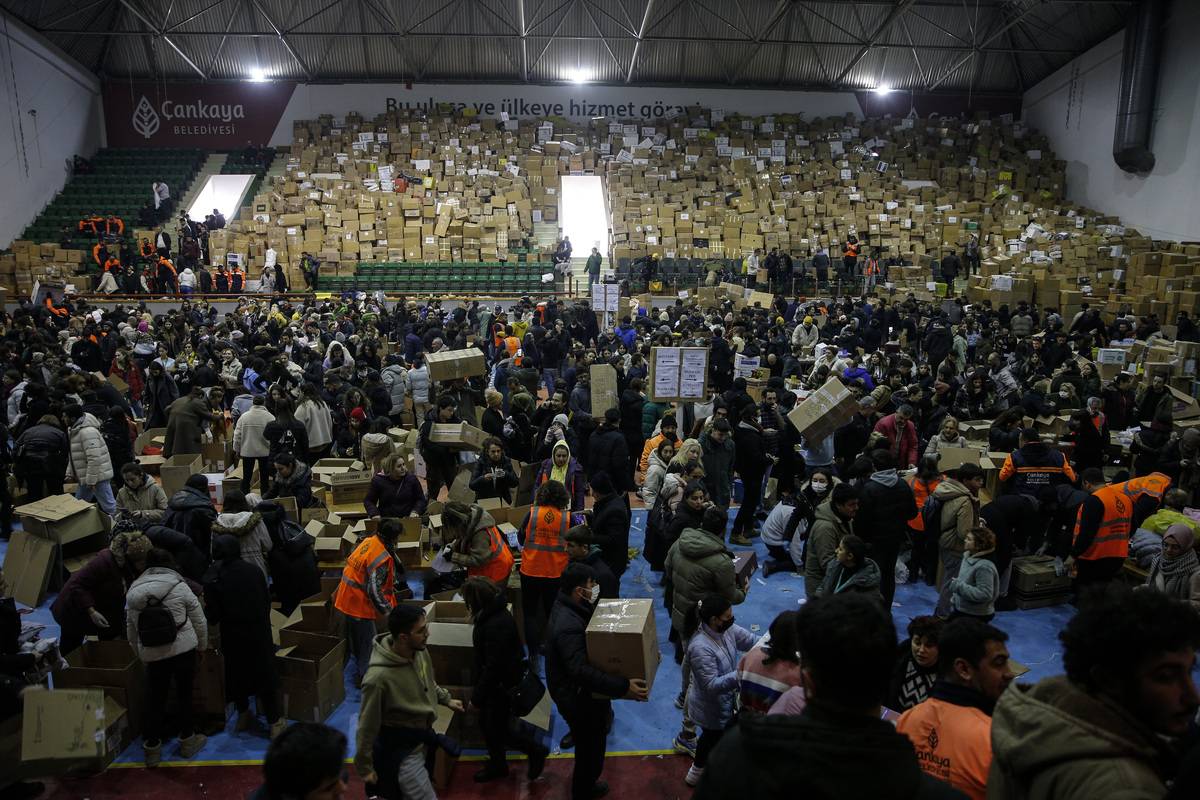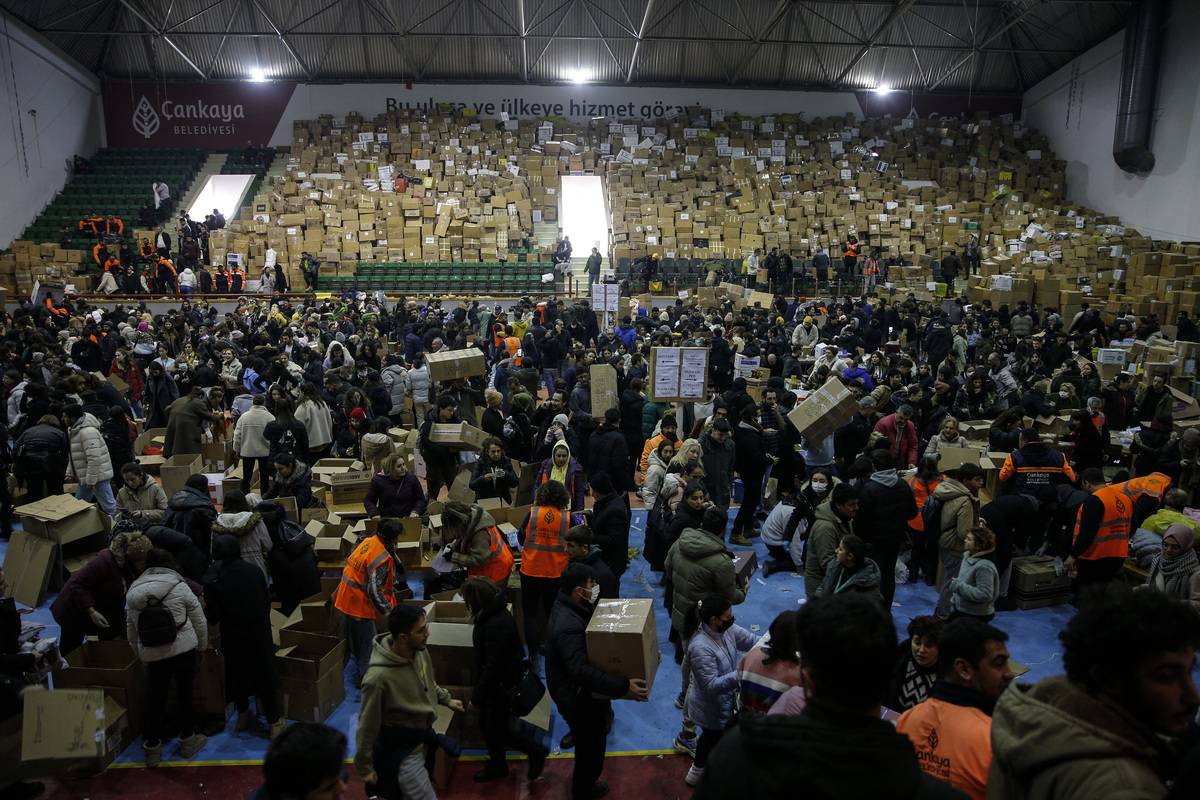The recent earthquakes that rocked southern Turkiye earlier this week were not just the largest in the country, but also among the largest in the world, an expert said, Anadolu News Agency reports.
Speaking to Anadolu, seismologist Harold Tobin said the two earthquakes centred in the province of Kahramanmaras were “really very large”, not only some of the largest in Turkiye, but also “on a global scale, some of the largest earthquakes in populated regions that we’ve seen, even in the past century or longer.”
Tobin, who is the Director of the Pacific Northwest Seismic Network, said he lived in Turkiye for five years as a child, but did not start working on the country until after he became a seismologist.
More than 14,350 people have been killed and over 63,794 injured after two strong earthquakes jolted southern Turkiye on Monday, according to latest official figures.
The 7.7 and 7.6 magnitude quakes, centred in the Kahramanmaras province, have impacted some 13 million people across 10 Turkish provinces.
In neighbouring Syria, the death toll has climbed to at least 3,150, with more than 5,200 people wounded.
READ: 73-member Palestine team heads to Turkiye, Syria for quake relief
Magnitude greater than anticipated
Speaking about the two earthquakes, Tobin said that, while earthquakes were expected in the region, their magnitude exceeded what was anticipated.
“We, the international seismological community, as well as Turkish authorities, know about the East Anatolian fault zone and the earthquakes were expected in this region. I think the size, the magnitude of this earthquake was larger than might have been anticipated, because we didn’t have a history of such a large earthquake on the eastern Anatolian fault.”
Underlining the rarity of such events where earthquakes of such strength occur within less than 24 hours of each other, Tobin said: “I think it’s been a very, very long time, probably since we’ve had seismological instruments, we haven’t seen such an event.”
“It’s really not unprecedented, but almost unprecedented,” he noted.
Tobin said that an earthquake this big spread over a very large area on the fault line, adding that aftershocks also occurred at different points along that region.
However, the second earthquake that took place just nine hours after the first was on a distinct fault that was known but “maybe less common to have big earthquakes on.”
“The combination is really, unfortunately, a terrible tragedy, because the first earthquake was so damaging and then the second one caused the shaking of places that already had damage from the first earthquake,” he said.
Turkiye ‘squeezed between two faults’
Tobin underlined that earthquakes are caused by the motions of tectonic plates, with Turkiye’s landmass “squeezed” between the North Anatolian and the East Anatolian faults, or dividing fractures between plates where they are “stuck together”.
“So, what happens is the fault is stuck and held together by friction, just like when you try to push a heavy piece of furniture, you know, at first it resists, it doesn’t move. That builds up the strain in the Earth’s crust,” he said.
“And then when the earthquake happens, it releases all of that in one minute or something like that.”
Monday’s earthquakes, which were the result of accumulated strain from hundreds of years of plate tectonic motion as Africa moves northward and Arabia pushes into the east, caused the Anatolian plate to shift a total of about three meters (roughly 9.8 feet).
“So yes, the several meters of motion that happened because of this fault, was actually the accumulated strain from hundreds of years of plate tectonic motion, so a few centimetres per year, adds up to meters in one earthquake.”
READ: Monday’s quakes moved Anatolian continent up to 10 meters, says scientist
Related posts:
Views: 0
 RSS Feed
RSS Feed















 February 10th, 2023
February 10th, 2023  Awake Goy
Awake Goy 

 Posted in
Posted in  Tags:
Tags: 
















